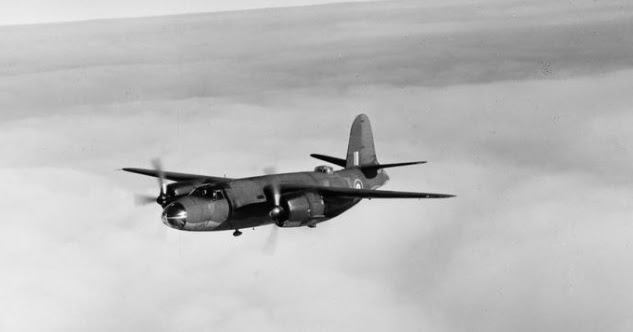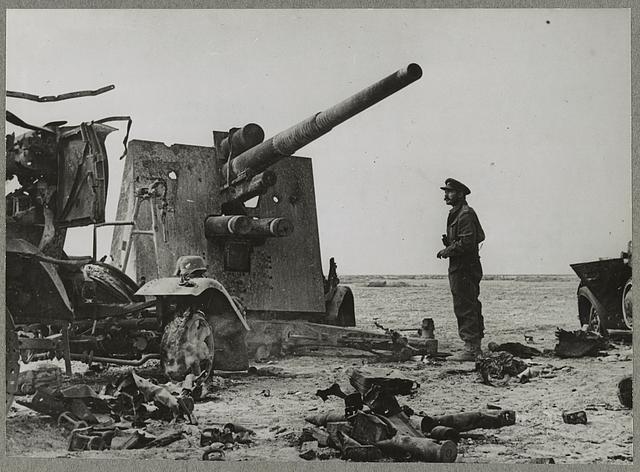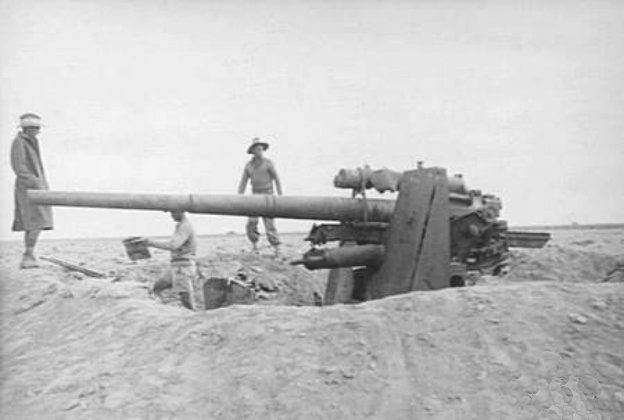2SAAF at this time were on a mix of Kittyhawk I and Kittyhawk Ia (P-40E-1)'s. The change over was rapid in May 42, lasted about only a few days (they were given all the airframes from a previous Squadron that were sent back from the front and re-issued with Hurricanes - mentioned this Unit before)Can we confirm that they were using Kittyhawk I or IA at this time? Wikipedia says they had Tomahawk IIB until May 1942 and then switched to Kittyhawk I, but sometimes that was a gradual or incremental process with some units.
Buz

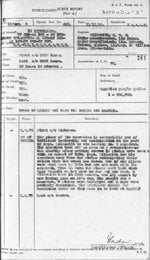
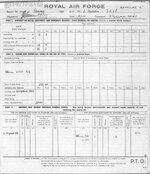
 XX batch V-1710-39's were Sliver-lead lined bearings from the very start.
XX batch V-1710-39's were Sliver-lead lined bearings from the very start.